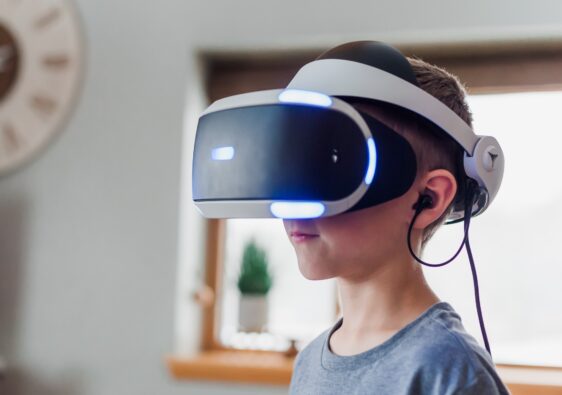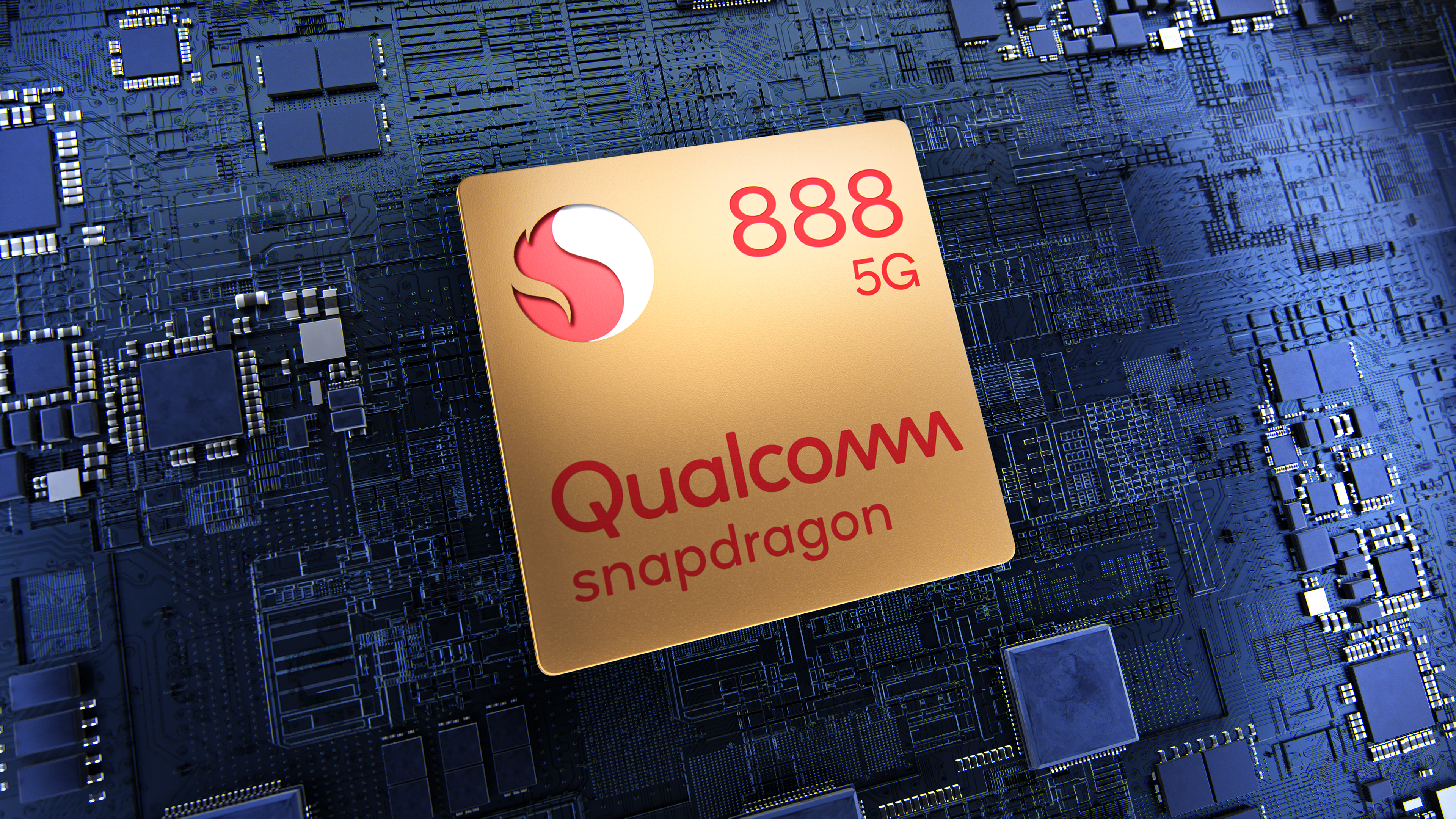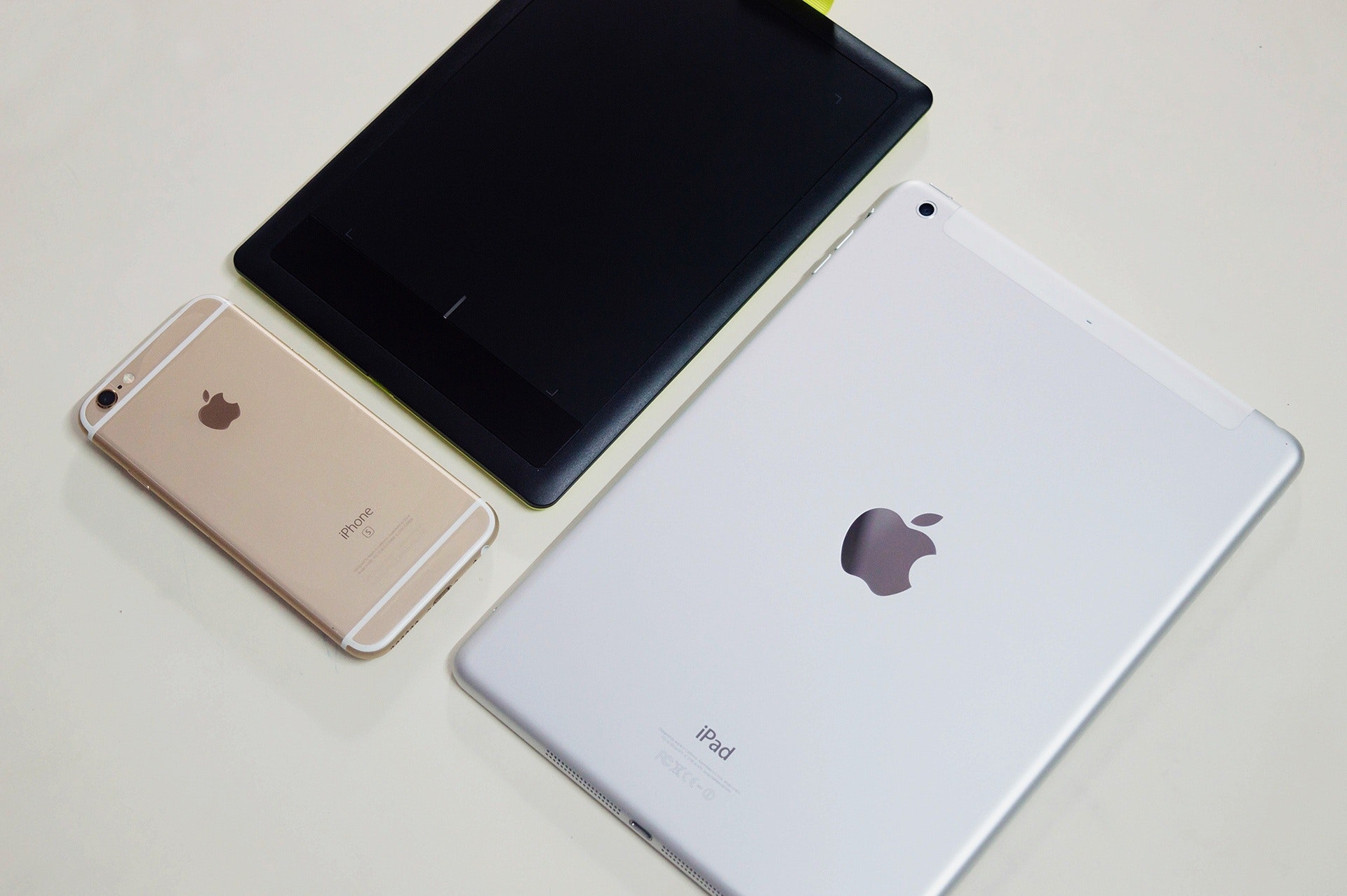At the CES 2020, Lenovo leveraged its experience in foldable displays to bring forth a new foldable PC. The Lenovo ThinkPad X1 Fold went through more than four years of development and iterations. The X1 Fold will likely release in 2H 2020. Does a foldable PC merit attention? Does it make sense in an enterprise business scenario?
Foldable displays are the latest technological innovations that have ruled the headlines since 2019. The last year was all about the debut of the very first wave of first generation foldable smartphones – whether it be the iconic Samsung Galaxy Fold, or the Huawei Mate X, or the Moto Razr. These foldable display smartphones were exciting, and despite persistent concerns about their durability and viability, they made a strong value proposition, especially for those on the go.
A year later, Lenovo is building on its experience with the Moto Razr, with its new Thinkpad X1 Fold – a device that keeps the display inside the fold.

At its core, the Thinkpad X1 Fold does entice and seems appealing for those operating in an always-on work environment with its concept of having a 13.3 inch OLED display laptop folding into a notebook. The device is made from a combination of lightweight alloys and carbon fiber, and is anticipated to stand the test of durability and reliability in a post-Samsung Galaxy Fold world. The key feature or wow factor lies in its bendable display, that it achieved by scaling up the new wave of consumer tech.
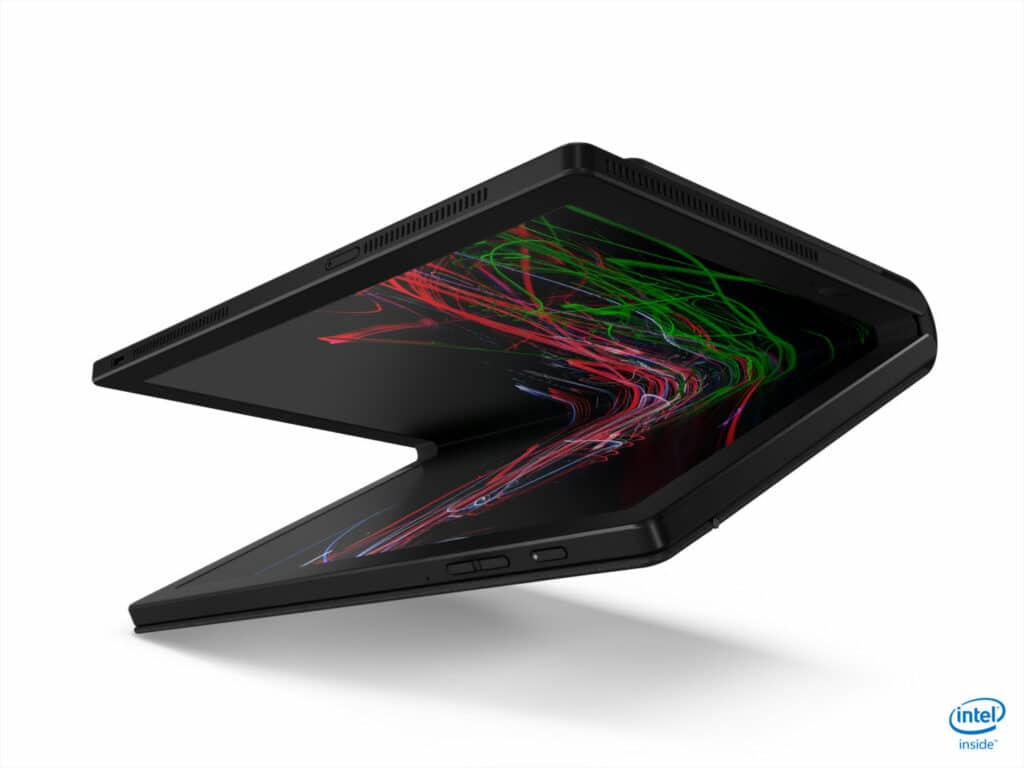
The X1 Fold will use Intel Core processors with Intel Hybrid technology, UHD graphics, up to 8GB of RAM, and a 50Whr battery and serve an estimated 11-hour battery life.
While one would anticipate the X1 Fold to be benchmarked against other premium laptops, the X1 fold will potentially contribute to cannibalization of the tablets segment.
In a hyper-competitive market, being first to market offers Lenovo with a solid opportunity to buttress and showcase its technological leadership in foldable displays. However, it remains to be seen how the device is used, and which could be the most common use cases to emerge from therein. Most importantly, the Thinkpad X1 Fold should offer a solid and compelling value proposition to entice users to it. It does, for instance, offer solid hardware, and puts 5G into the mix as well.
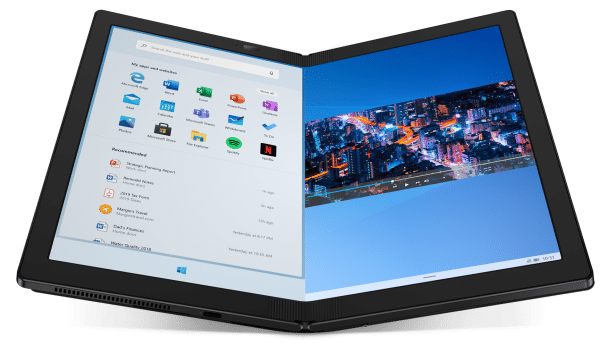
It remains clear that the X1 Fold is still a work-in-progress. The question remains if the X1 Fold packs enough to attract users to own it when it releases. The answer lies in the foldable screen durability, coupled with how dual-screen laptops from the competition fare.
From Lenovo’s perspective, they would be closely monitoring the upcoming launch of Microsoft Surface Neo.
We will know about market acceptance when the device ships by mid-2020.
